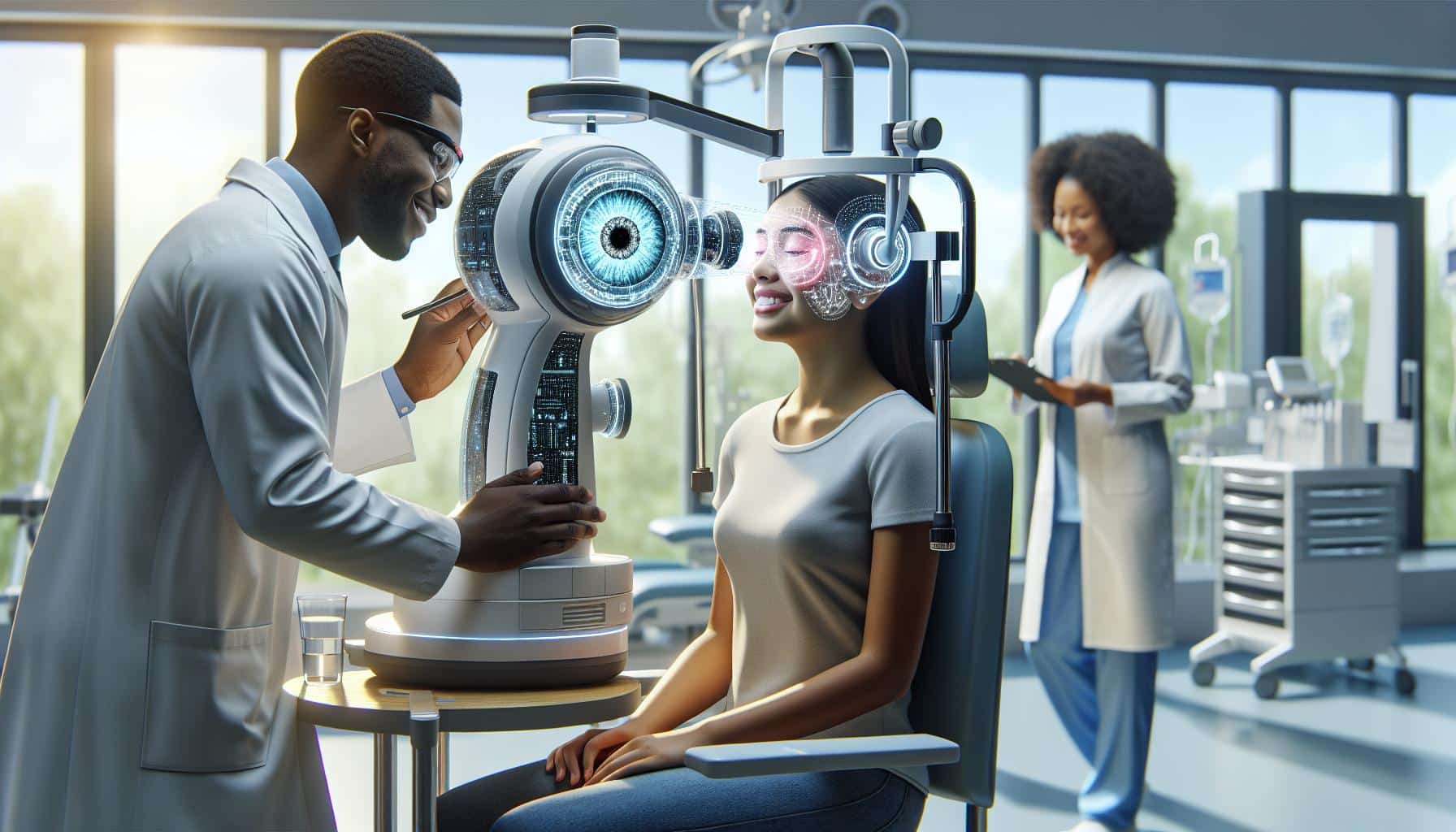Adobe Substance Painter vs. 3D Coat: A Comprehensive SWOT Analysis
In the ever-evolving landscape of 3D texturing software, two giants stand out for their cutting-edge capabilities and user-friendly interfaces: Adobe Substance Painter and 3D Coat. Both platforms have carved out significant niches in the digital art and design world, offering robust tools and features that cater to the needs of professionals and hobbyists alike. This SWOT analysis delves into the strengths, weaknesses, opportunities, and threats associated with each software, providing a comprehensive comparison for users deciding between Adobe Substance Painter and 3D Coat.
Strengths
Adobe Substance Painter, a pivotal tool in the 3D modeling and texturing arena, shines with its highly intuitive user interface and integration within the Adobe ecosystem. It boasts a plethora of advanced texturing features, including PBR (Physically Based Rendering) materials, smart materials, and a vast library of assets. These strengths make it a go-to choice for industry professionals seeking efficiency and high-quality results in game development and film production.
On the other hand, 3D Coat excels with its versatility, offering a comprehensive suite of tools that cover not just texturing but also sculpting, retopology, and UV mapping. Its standout feature is the Voxel sculpting technology, which allows artists to create without the constraints of polygonal mesh. This makes 3D Coat particularly appealing for concept artists and sculptors who require a more freeform approach to 3D modeling.
Weaknesses
Despite its strengths, Adobe Substance Painter is not without its weaknesses. The software's reliance on a subscription-based model can be a deterrent for freelancers and small studios with limited budgets. Additionally, its performance can be demanding on system resources, particularly for complex projects with high-resolution textures.
Conversely, 3D Coat's user interface, while powerful, has a steep learning curve that can intimidate new users. The software's vast array of tools and settings, although beneficial for versatility, can be overwhelming, making it less accessible to beginners in the field of 3D texturing and modeling.
Opportunities
The integration of Adobe Substance Painter with other Adobe Creative Cloud applications presents significant opportunities for cross-platform innovation and workflow streamlining. Its growing library of assets and continuous updates from Adobe signal an ongoing commitment to meeting the evolving needs of digital artists and designers.
3D Coat, with its unique Voxel-based approach, stands to benefit from the rising interest in virtual reality (VR) and augmented reality (AR) content creation. As these technologies become more mainstream, there's an increasing demand for tools that can seamlessly sculpt and texture organic and intricate designs, a niche that 3D Coat is well-positioned to fill.
Threats
Both platforms face threats from the competitive landscape of 3D texturing software, which includes other notable applications like Blender and ZBrush. These alternatives, particularly Blender with its open-source model, offer compelling features at no cost, which could sway users away from paid subscriptions or more specialized tools.
Furthermore, the rapid pace of technological advancements in AI and machine learning could challenge the current capabilities of Adobe Substance Painter and 3D Coat. Developers must continuously innovate to incorporate these technologies into their platforms to remain relevant and competitive.
Conclusion
In the head-to-head comparison of Adobe Substance Painter vs. 3D Coat, it's clear that both platforms offer distinct advantages and face unique challenges. Adobe Substance Painter is an excellent choice for those deeply embedded in the Adobe ecosystem and who prioritize texturing and material creation. In contrast, 3D Coat offers unmatched flexibility in sculpting and design, making it ideal for artists who value creativity over conformity.
As the 3D texturing software market continues to evolve, users must consider their specific needs, budget, and workflow requirements when choosing between Adobe Substance Painter and 3D Coat. Both platforms have proven their worth in the digital design arena, and ongoing updates and community support suggest they will remain at the forefront of the industry for years to come.













